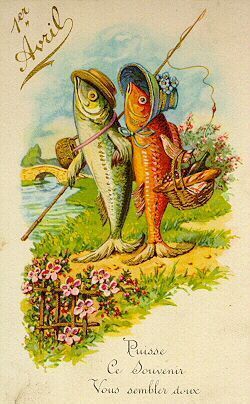
Pour ce vendredi 1 Avril (8:00 AM GMT // 10h00 de Paris), Tom Bartlett (Université de Cardiff) et Gerard O’Grady (Université de Glasgow) organisent une rencontre (en visio) explorant la présence obstinée de Ferdinand De Saussure dans la pensée linguistique fonctionnelle au 21ème siècle.
La rencontre comprendra deux exposés – résumés ci-dessous – par Paul J. Thibault (Université d’Agder) et Edward McDonald (The Compleat Wordsmith, Sydney, Australia). Elle sera suivie d’un moment de discussion animé par Tom Bartlett et Gerard O’Grady. Une courte séance questions-réponses est prévue après chaque exposé.
Lien zoom (cliquez ici)
https://cardiff.zoom.us/j/85815043660?pwd=NnVuQmJYclFLb1NVVjRXVVhvdktRZz09
Meeting ID: 858 1504 3660 Password: 681041
A 21st century Saussure: the Cours as read through an SFL Lens Vendredi, 1 Avril 2022, 8:00 AM GMT // 10h00 de Paris 8:00 What we can learn from letting the “21st century Saussure” speak to Halliday? Edward McDonald (The Compleat Wordsmith, Sydney, Australia) 8:40 Saussure's semiological phonetics: Temporality, material dynamics and perception in la parole Paul J. Thibault (University of Agder) 9:20 Discussion 10:00 Conclusions
Résumés
What we can learn from letting the “21st century Saussure” speak to Halliday?
Edward McDonald (The Compleat Wordsmith, Sydney Australia)
J.R. Firth (1890-1960) famously classified “all professional linguists…using the name of Saussure” (1857-1913), identifying himself as “non-Saussurean", an attitude his student M.A.K. Halliday (1925-2018) seems largely to have shared. A recent history of linguistics, however, Keith Allan’s The Western Classical Tradition in Linguistics (2007/2009), groups Saussure and Halliday together in a chapter titled “Saussurean and functionalist linguistics”, suggesting that Halliday's thinking resembles Saussure’s in more ways than it differs. From a historical perspective, it seems clear that part of what Firth and Halliday were doing was in fact responding to Saussure, not ignoring him. On my own reading, Saussure, like Firth and Halliday, consistently thought in terms of systems, and through complementarities not dichotomies. In this talk, I will show how examining the “21st century Saussure”, in other words, the broader picture of his thinking that has emerged from newly discovered materials only published in the early years of the millennium (Saussure 2002/2006), allows us to better understand the concerns he shares with Halliday, and how the insights of the London School and the Geneva School together might suggest some alternative trajectories for both linguistics and semiotics, many of whose developments in the 20th century have proved less than enlightening.
Saussure’s semiological phonetics: Temporality, material dynamics and perception in la parole
Paul J. Thibault (University of Agder)
Jakobson ("Saussure’s unpublished reflexions on phonemes", 1969) first drew attention to the existence in the Houghton Library of Harvard University of a large body of manuscripts known as the Harvard Manuscripts. The manuscripts are catalogued in the Houghton Library of Harvard University as bMS Fr 266 (1) – (9). These manuscripts consist of some 638 sheets and 995 pages of material. In addition to the Saussurean manuscripts catalogued by Godel (see Les Sources Manuscrites du Cours de Linguistique Générale de F. de Saussure, 1957; ‘Inventaire des manuscripts de F. de Saussure remis à la Bibliothèque Publique et Universitaire de Genève’, 1960) and stored in the Bibliotheque Publique et Universitaire in Geneva, the Harvard Manuscripts constitute an important resource in the study of Saussure’s thinking. In Saussure's Harvard Manuscripts time and the temporal dynamics of la parole emerges as an important concern rather than diachronic and evolutionary perspective on time which is internal to the language system, or langue. Saussure shows that the material dynamics of la parole and their perception are inextricably linked to time. I will explore some aspects of Saussure's efforts to transcend the linear conception of time as mere succession of elements along a line.

